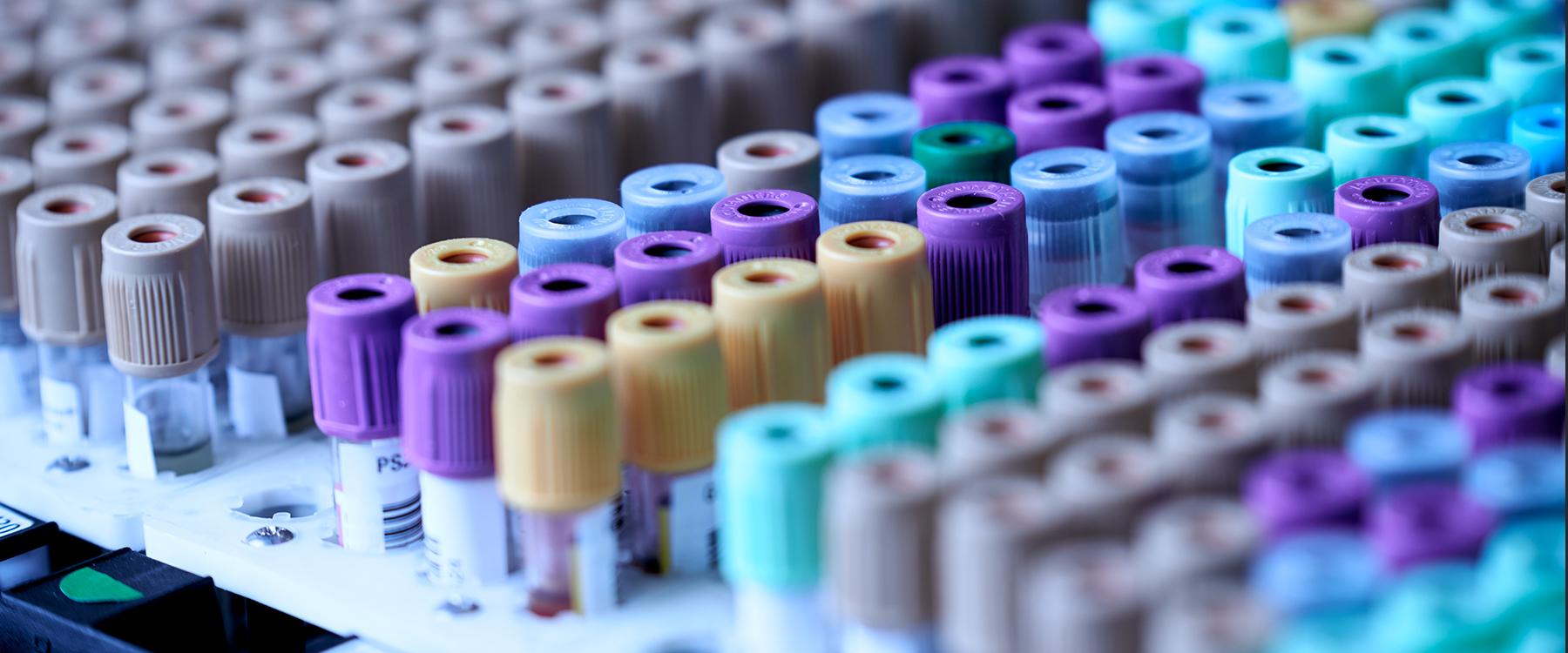
High Hazard Chemical Registration
The OSHA Lab Safety Standard (29 CFR § 1910.1450) specifically mandates that labs develop safety plans or SOPs for handling “Particularly Hazardous Substances” (PHS) or high hazard chemicals, which OSHA defines as Select Carcinogens, Reproductive Toxins, Acute Toxins and chemicals with a high hazard physical property. The chemical registration process was developed to assist PI’s and lab managers in creating these plans when using these chemicals in vitro (in the laboratory) or in vivo (in animals).
The Globally Harmonized System of Classification and Labeling of Chemicals (GHS) has been adopted by OSHA as a means for identifying PHS items. GHS information is found in the Hazard Identification Section (Section 2) of the Safety Data Sheet (SDS).
Note: Antibiotics used to treat animal infections, anesthetics and analgesics do not have to be reported as a high hazard chemical.
The attending Veterinarian or core facility manager can also set criteria for their facility.
Certain chemicals are considered High Hazard Chemicals Requiring Registration. Review the linked document for further information.
Chemicals being used or proposed to be used at Tufts University are evaluated by Laboratory Safety for high hazard criteria. Click here for the chemicals that have been evaluated by this group. All of the chemicals on this list are hazardous in some way, yet this list is not all-inclusive. If a chemical you use is not on this list, it does not mean that it is not a high hazard chemical. Please see criteria listed above.
How to Register Chemicals
- If a lab uses, formaldehyde, sodium azide, ethidium bromide, methylene chloride or osmium tetroxide please complete the Qualtrics form.
- For all other chemicals needing registration, please complete the High Hazard Chemical Registration Form. If a lab is using toxic gases, pyrophoric, explosive compounds or liquids or solids that require a glove box, an addendum form and ICSC committee approval may be required. Contact Chemical Safety additional information.